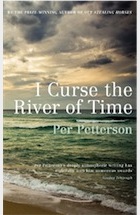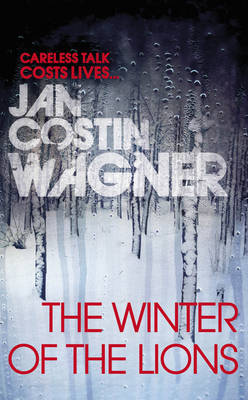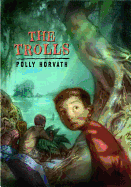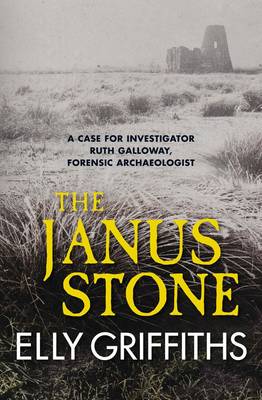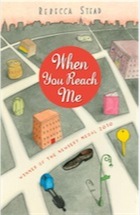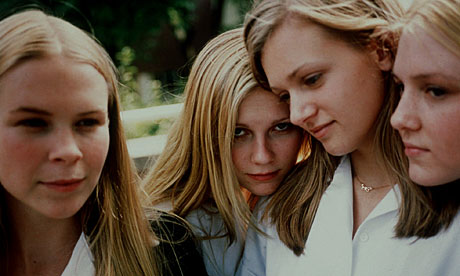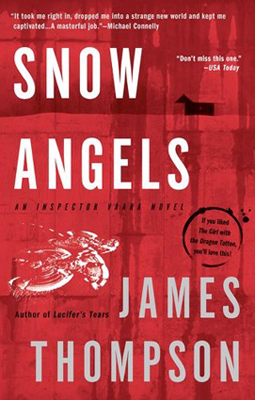Patrick Ness was born and grew up in the US, and moved to London in 1999, where he's lived ever since. He's written two books for adults (a novel called The Crash of Hennington and a short story collection called Topics About Which I Know Nothing), and published The Knife of Never Letting Go, his first young adult book, in 2008. It won the Guardian Children's Fiction Prize and the Booktrust Teenage Prize. The sequel, The Ask and the Answer, won the Costa children's fiction prize, and the final book in the trilogy, Monsters of Men, came out last year. His new novel, A Monster Calls, will be published next month.
"My childhood reading was blissfully unchaperoned. My parents were just happy I liked to read, and so I – in utter innocence – would wander into the public library and pick up any old thing. I read Harold Robbins' Celebrity when I was 13, for example. It was VERY educational.
"I survived, though. When I asked on Twitter for other "inappropriate" books people had read way too young, the list included Jilly Cooper, Irvine Welsh, Flowers in the Attic (by practically everyone) and lots and lots of Stephen King. All bookish young readers over-reach occasionally, and if they discover they like it, they keep on doing it. What a great way to establish reading as exciting and maybe even dangerous, eh?
"But there's more to adult books than adult material. There are a number of books that are actually rather better if read when you're a teen, some because they're entertaining contraband, some because it can never be too early to read something so wonderful, and some because, if you wait, you might have missed your chance forever."
The obvious first choice, but not necessarily because of its literary reputation. It needs to be read when you're young. If you first meet Holden Caulfield when you're too old, the desire to give him a good slap might impede your enjoyment.
For his sheer ability to get teenagers to love reading, Stephen King is a saint. I did a book report on Pet Sematary in 8th grade. My English teacher, bless her forever, gave me an A. I pick The Stand because if you're an adult, it's a bit long. If you're a teenager, it's War and Peace. Scratch that, if you're a teenager, it's better. And that's no bad thing.
Speaking of 1000+ page books, Infinite Jest is filled with all the things that are brilliant to read when you're young: unembarrassed cleverness, a cheeky take on the future, hilarious experiments with form, and a serious sense of accomplishment when you're finished.
I read Beloved when I was 15, and it felt like the first time being allowed to sit at the grown-up's table. I may not have followed every word, but I was mesmerised. And I learned without even knowing I was being taught.
One of those literary, award-winning adult novels that I secretly think was written for teens all along (see To Kill A Mockingbird). No, it won't encourage suicide, but it will encourage an appreciation for elegant writing and ring true for how isolating the teenage years can feel. Plus, it's in third person plural! What's not to love?
Next, a couple of classics that are better in your teens. Dracula first because it's still fast-paced, scary and appealingly pervy. Plus, it's important to know that vampires don't play baseball. And honestly? They never would.
Because Middlemarch should be read when you're 14. And again when you're 23. And again at 31. And 45. And 52. And 68. And 84. It will, astoundingly, be a different book every time.
Two personal choices now. Read Tricia Sullivan's fantastic, profane and mind-bending Maul mainly because it's very important to start loving brilliant genre fiction before older readers can tell you to be a snob about it. Plus, far-future gender politics and teenagers with machine guns in a shopping mall. I ask again, what's not to love?
Tom, not Harold. This book is the whole reason for this list. I read it probably a dozen times from ages 15 to 17, and was amazed to discover that fiction could be, of all things, playful. That it didn't always need to be polite. That it could have runaway metaphors just for a laugh. And that the naughty bits could be told with a smile. It opened my eyes to a world of possibilities in my own writing, and is probably the most formative book I ever read. And you know what? I haven't read it since. I can't bear to. Seen through the eyes of my adult self, who knows how disappointed I'd be? Let it remain forever, gloriously, in my teenage years.
10. Unrecommended by Unnamed
And here's where it gets tricky. I can't possibly recommend some of the books that I and others read when we were teenagers. I mean, really, is Trainspotting in any way appropriate for a teenager? And what about the Jilly Coopers and the Jackie Collinses and, heaven help us, Flowers in the Attic? We older folks may have cherished, er, survived reading them at your age, but you're too young, WAY too young, to read any of these books that are easily available at your local library. Listed alphabetically by author. So the Cs would be near the front and Ws near the back. But I couldn't possibly recommend that.


